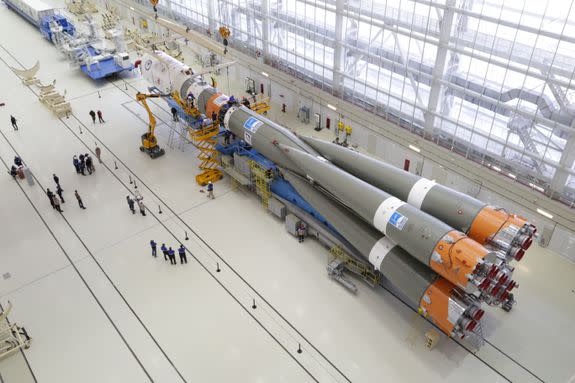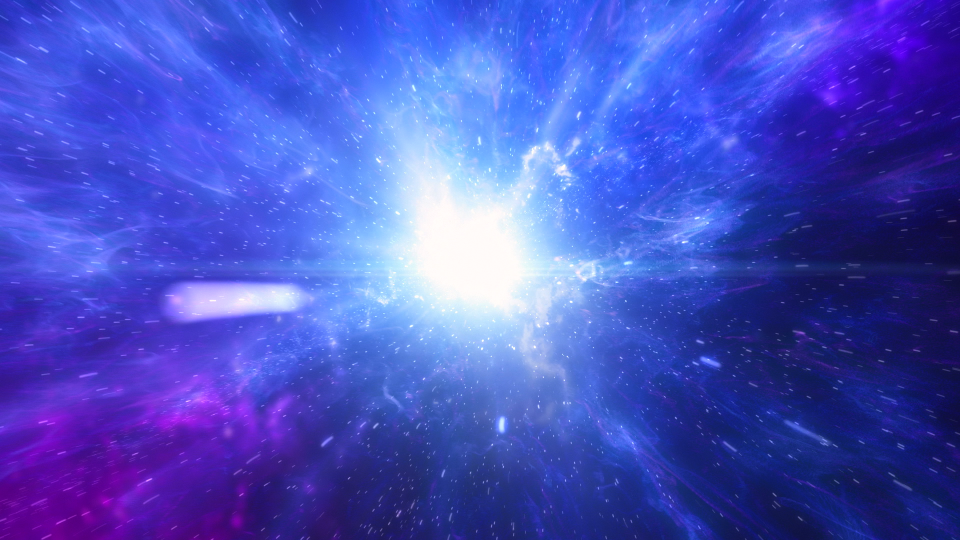Turbulent video shows the moment a Russian rocket failed, sending two astronauts back to Earth

The Russian space agency Roscosmos released footage of the nearly-disastrous rocket launch that imperiled the lives of NASA astronaut Nick Hague and Russian cosmonaut Alexey Ovchinin on October 11.
While the video is dramatic, it also proved the effectiveness of the Soyuz rocket's emergency abort system — which blasted the crew capsule away from the damaged launcher — ultimately allowing the two-person crew to parachute back down to Earth.
The footage, captured by a camera attached to the side of the Soyuz, shows the rocket blasting off the brown Kazakhstan ground and passing through the clouds. But just after the 1:22 mark, things go awry.
Specifically, there are four rocket boosters that are intended to simultaneously separate from the rocket, and then plummet down to Earth. That didn't happen in this case.
"What is clear is that one of the boosters did not separate like the others," Brad King, director of the Space Systems Research Group at Michigan Technological University and CEO of Orbion Space Systems, said in an interview.
"Once that failure occurred, all bets are off," said King. "I think I can say, I’m glad I wasn’t aboard."
Though the booster separation glitch is apparent, what happens next is difficult to see amid the chaos.
In a statement Roscosmos published Thursday, the agency said the booster involved in the "abnormal separation" then hit the rocket's fuel tank.
SEE ALSO: 3 small moon rocks are coming up for auction. Here's why.
"It resulted in its decompression and, as consequence, the space rocket lost its attitude control," the agency wrote.
Once the separation failed, matters clearly deteriorated. Yet, the rocket automatically sensed a catastrophic failure and rapidly aborted the launch, sending the crew capsule away from the failing rocket.
"I’m most impressed with how well the automatic abort system worked," said King. "That could be the first demonstration on an automatic abort in a crew launch."

Image: roscosmos
"I think Russia is justified in their pride of that [abort] system," added King.
Roscosmos stated that a slightly bent pin — bent just over 6 degrees — ultimately caused the abnormal separation from the rocket.
Though, questions still remain about how certain Roscosmos is in their identification of the nearly-deadly problem.
This is profoundly important, as the Soyuz rockets are the only space launch systems currently capable of sending astronauts and cosmonauts to the International Space Station — though both SpaceX and Boeing have plans for crewed flights of their systems as soon as 2019.
"That really is the most important question: Were they [Roscosmos] successful in determining the cause?" asked King.
For now, Roscosmos has only shown footage of what went wrong — not why.
"I’d love to know how they found the pin was bent," said King. "It would be nice to see the evidence supporting that claim visually and through some documentation."
"The next step is to show their work."
WATCH: Ever wonder how the universe might end?


